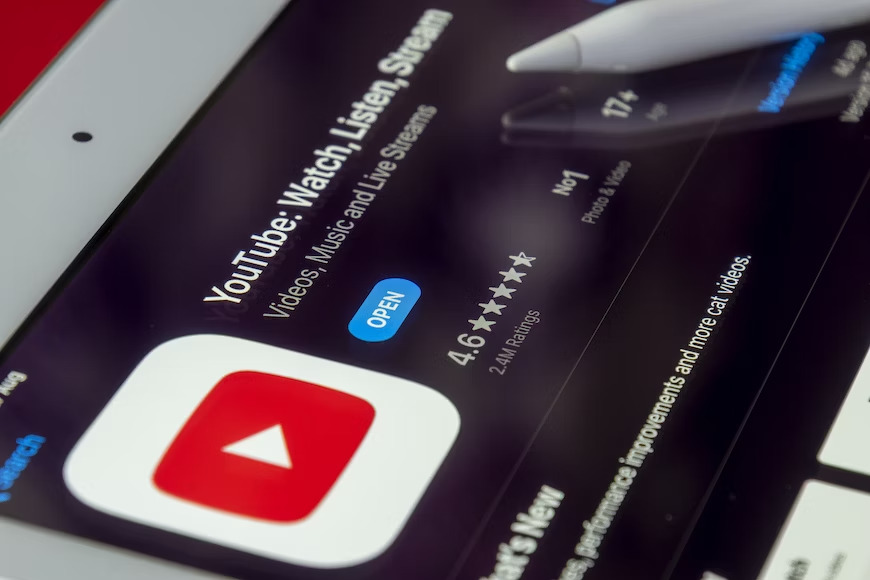Website conversion rate optimization is a crucial aspect of any online business. A website's conversion rate is the percentage of visitors who take a desired action, such as making a purchase or filling out a contact form. There are numerous elements on a website that contribute to conversion rates, and there are many ways a business can improve its conversions.
In this blog post, we will run through the top seven tips to help you improve your website's conversion rate. These tips are practical, actionable, and easy to implement. By following these tips, you can optimize your website to convert more visitors into customers and increase your revenue.
We will cover topics such as creating a clear and compelling value proposition, using persuasive language and optimizing your call-to-action. We will also talk about the importance of user experience, website design, and testing. By the end of this post, you'll have a good understanding of how to improve your website's conversion rate, and you'll be ready to take action and start optimizing your website for conversions.
We have provided seven examples below that you can use for inspiration.
Table of Contents
Website Conversion Rate: Use social proof
Social proof is a powerful way to add trust and credibility to your website. It refers to the psychological phenomenon where people are more likely to take action if they see that others have taken the same action. In the context of a website, social proof can take many forms, such as customer testimonials, case studies, and recommendations.
Adding social proof to your website can have a significant impact on your conversion rate. When potential customers see that other customers have had positive experiences with your brand, they are more likely to make a purchase. Testimonials, in particular, are a great way to add social proof to your website. They allow potential customers to see what others have said about your products or services, and they can be very effective in building trust and credibility.
Consider adding customer testimonials to your website, in the form of text, video or even images. You can also add case studies and recommendations, which provide more detailed information about how your products or services have helped other customers. By adding social proof to your website, you can help to build trust and credibility with potential customers, and ultimately increase your conversion rate.
Add live chat
Adding a live chat feature to your website can be a great way to increase conversions. Having a live chat option allows potential customers to get their questions answered in real-time, which can be a deciding factor in whether they make a purchase or not.
Live chat also provides an opportunity to engage with potential customers and to provide them with the information they need to make a purchase. It can help to build trust and credibility and to create a positive customer experience. It can also help to increase conversions by addressing any concerns or objections that potential customers may have.
When adding live chat to your website, it's important to ensure that it's easy to find and use. You should also make sure that it's available during business hours, or 24/7 if possible, so that potential customers can get their questions answered whenever they need to. Make sure that the person answering the chat is well-trained and can answer customer's queries efficiently and promptly.
Adding a live chat feature to your website can help to increase conversions by providing potential customers with the information they need to make a purchase, addressing their concerns, and building trust and credibility. It also provides an opportunity to engage with potential customers and create a positive customer experience.
Use website analytics and software
Using website analytics and software is an essential step in optimizing your website's conversion rate. These tools provide valuable insights into how visitors use your site and can help you to make data-driven decisions about how to optimize their experience.
Tools such as Hotjar, Google Analytics, and Crazy Egg are examples of website analytics software that track how people navigate through your website, as well as how they interact with it. These tools can help you to identify where visitors are dropping off, which pages are the most popular, and which elements of your website are working well and which are not.
With this information, you can make changes to your website that will optimize the visitor's experience. For example, if you see that visitors are dropping off on a particular page, you can make changes to that page to improve the user experience and increase conversions. You can also use these tools to test different elements of your website, such as your call-to-action, and to see which versions perform the best.
Website analytics and software can provide valuable insights into how visitors use your site and help you make data-driven decisions about optimizing their experience. By tracking user behavior, you can identify areas of your website that need improvement and make changes to increase conversions.
Read Also: Avoid these Mobile Design Mistakes on Your Website
Improve your page speed
Improving your website's page speed is crucial to delivering the best experience to your visitors and encouraging them to continue browsing. Slow-loading pages can lead to a high bounce rate, low engagement, and decreased conversions. The goal should be to have each page of your website load in under 2 seconds, and ideally under 1 second.
There are several ways to improve your website's page speed, such as compressing images, using a content delivery network (CDN), and minifying code. Compressing images reduces their file size, which can significantly improve page load time.
A CDN is a network of servers located in different parts of the world that can deliver your website's content to visitors faster by serving it from the server closest to them. Minifying code means removing unnecessary characters and spaces from your code, which can also improve page load time.
Another important aspect to consider is the hosting service you are using, a faster and more robust hosting can also improve page load time. Additionally, make sure your website is mobile-friendly and responsive, as mobile internet speeds are generally slower than on desktops or laptops.
Improving your website's page speed is crucial for delivering the best experience and encouraging visitors to continue browsing. The goal should be to have each page load in under 2 seconds, and ideally under 1 second.
There are several ways to improve your website's page speed, such as compressing images, using a CDN, minifying code, and having a fast and robust hosting service. Additionally, making sure your website is mobile-friendly and responsive can also improve page load time.
Make sure your website looks great on mobile
Making sure that your website looks great and works well on mobile devices is crucial, as at least 40% of your visitors will be using mobile devices. With the increasing use of smartphones and tablets, it's more important than ever to ensure that your website is mobile-friendly.
A mobile-friendly website is one that is optimized for smaller screens and touch navigation. It should have a responsive design that adapts to the size of the device being used, and it should be easy to navigate and use on a mobile device. Having a responsive design ensures that the layout and elements of your website will adjust automatically to the size of the device, making it easy for users to interact with your website.
An unresponsive website can turn visitors away quickly, as it can be difficult to navigate and use on a mobile device. A website that is not mobile-friendly can also hurt your search engine rankings, as Google favors mobile-friendly websites in its search results.
Making sure that your website looks great and works well on mobile devices is essential, as at least 40% of your visitors will be using mobile devices. Having a responsive design that adapts to the size of the device being used and is easy to navigate and use on a mobile device can help to increase conversions and improve search engine rankings.
Use A/B testing
A/B testing, also known as split testing, is a method of comparing two versions of a website or app element to see which one performs better.
By creating two variations of an element, such as a headline or button, and showing them to different groups of users, you can determine which version has a higher conversion rate or other desired outcome. A/B testing can help you optimize your website or app and improve your overall performance.
Remove friction
Removing friction from your website is an important step in improving the user experience and increasing conversion rates. Friction refers to any obstacle or roadblock that makes it difficult for users to complete a desired action on your website, such as making a purchase or filling out a form.
To remove friction, it's helpful to put yourself in the shoes of your customers and look for any areas where the website is confusing or difficult to navigate. Common examples of friction include long forms, confusing navigation, and slow loading times.
By identifying and removing these roadblocks, you can make it easier for customers to complete their desired actions and improve your website's performance.
Read Also: All-in-One Guide to Marketing Strategy



